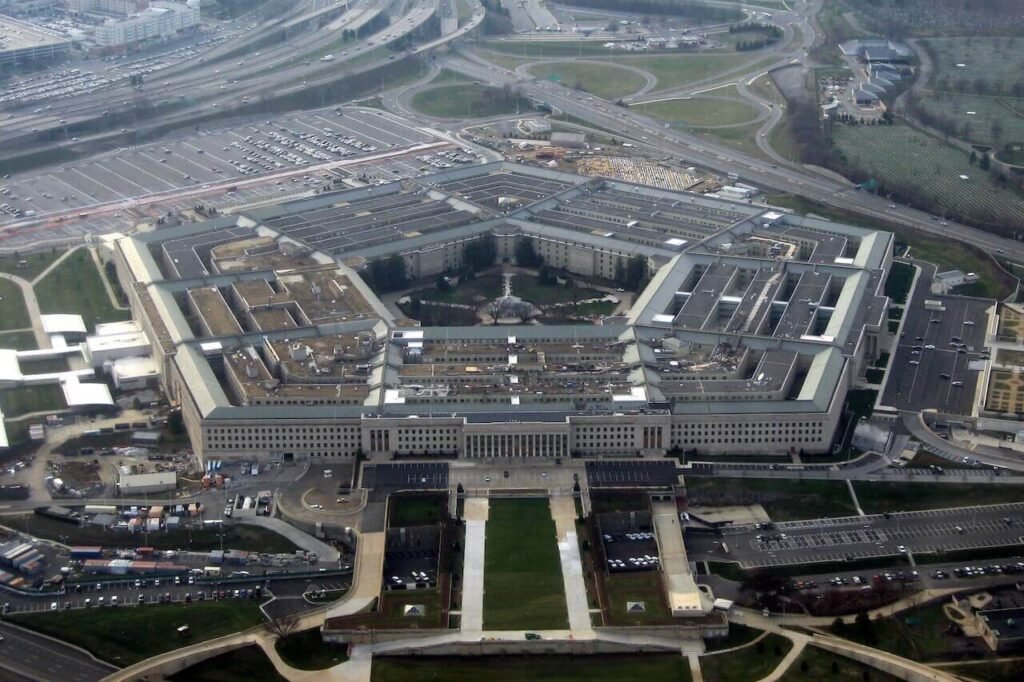The United States is embarking on a new era of nuclear capabilities, and the Pentagon has revealed an updated US nuclear strategy to counter the growing dangers posed by Russia and China. Dr. Vipin Narang, now serving as the Acting Assistant Secretary of Defense for Space Policy, unveiled the revised strategy during a presentation at a Center for Strategic and International Studies event in Washington, D.C, on Thursday.
Narang called for a more competitive strategy to confront Russia’s possible space-based nuclear weapons and China’s expanding nuclear arsenal. Russia is constructing a new satellite capable of carrying a nuclear warhead, which could destroy essential satellites worldwide. This potential hazard raises concerns over its impact on vital services such as telecommunications and meteorology.
Similarly, Narang analyzed China’s nuclear growth, identifying additional intercontinental ballistic missile storage facilities and predicting that China will have over 1,000 fully functional warheads by 2030.
This growth, fueled in part by Russia’s supply of highly enriched uranium, did not factor into the planning of the current nuclear upgrade program in the United States.
The Pentagon source also expressed concern about North Korea’s growing nuclear capabilities and its strategic connection with Russia, which might indicate more cooperation between atomic enemies.
The new US nuclear strategy is based on three fundamental elements. First, it intends to retain a contemporary nuclear deterrent to guard against strategic strikes, reassure allies, and achieve goals if deterrence fails. Second, it aims to strengthen alliances and expand deterrent activities in NATO and the Indo-Pacific. The United States will adhere to the limitations of the New START pact as long as Russia follows them. However, Narang cautioned that they might terminate the agreement if necessary.
Given the increasing threats, the US nuclear strategy is evolving to address these challenges. The Pentagon is ready to confront any obstacles in this new era of atomic warfare should adversaries persist on their current trajectories.









